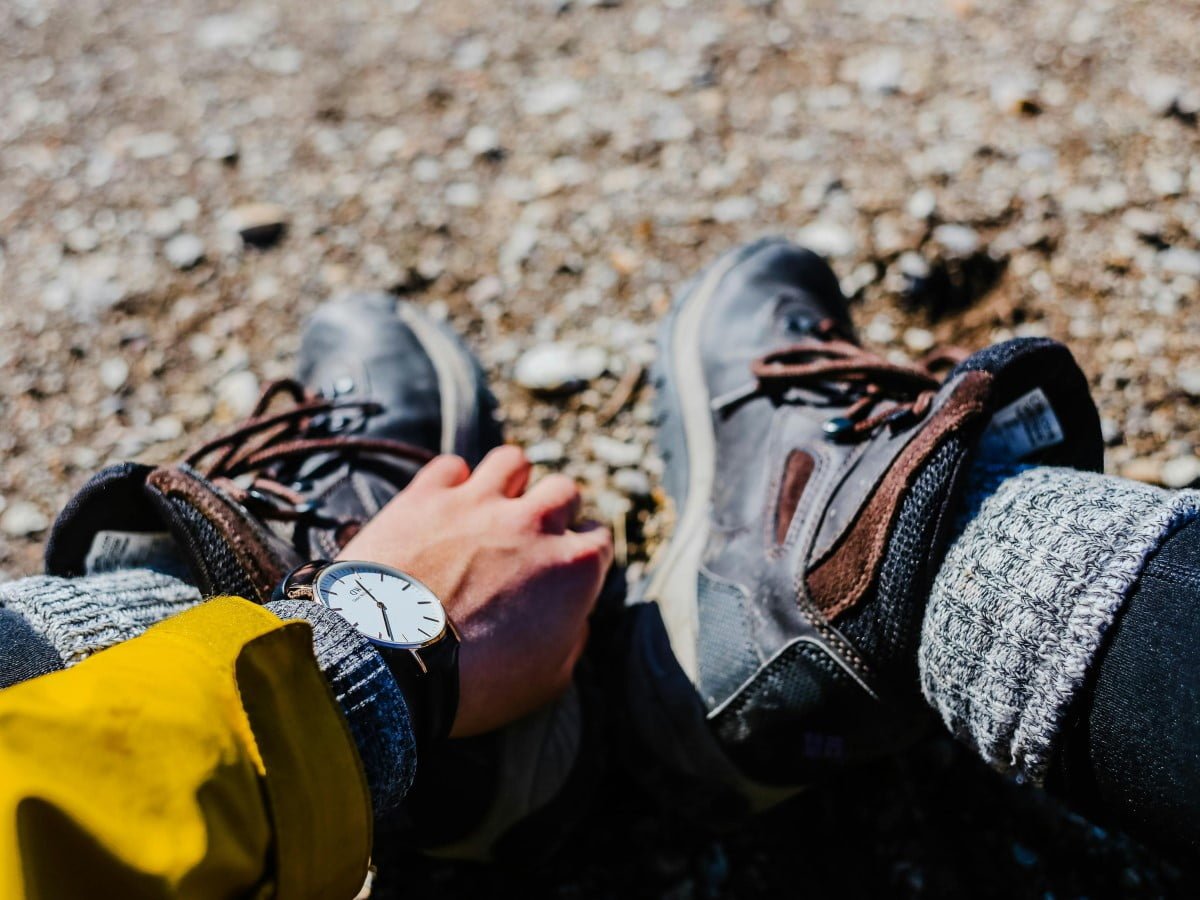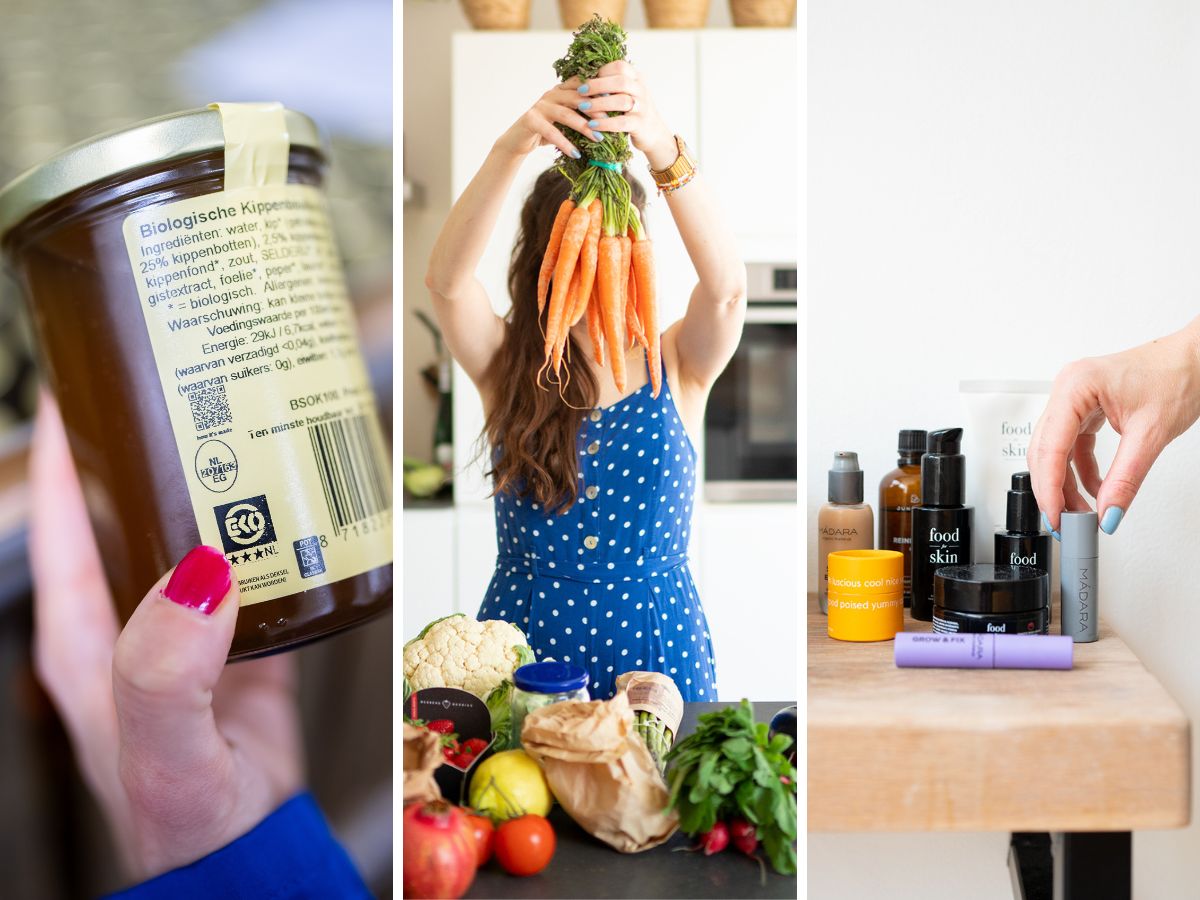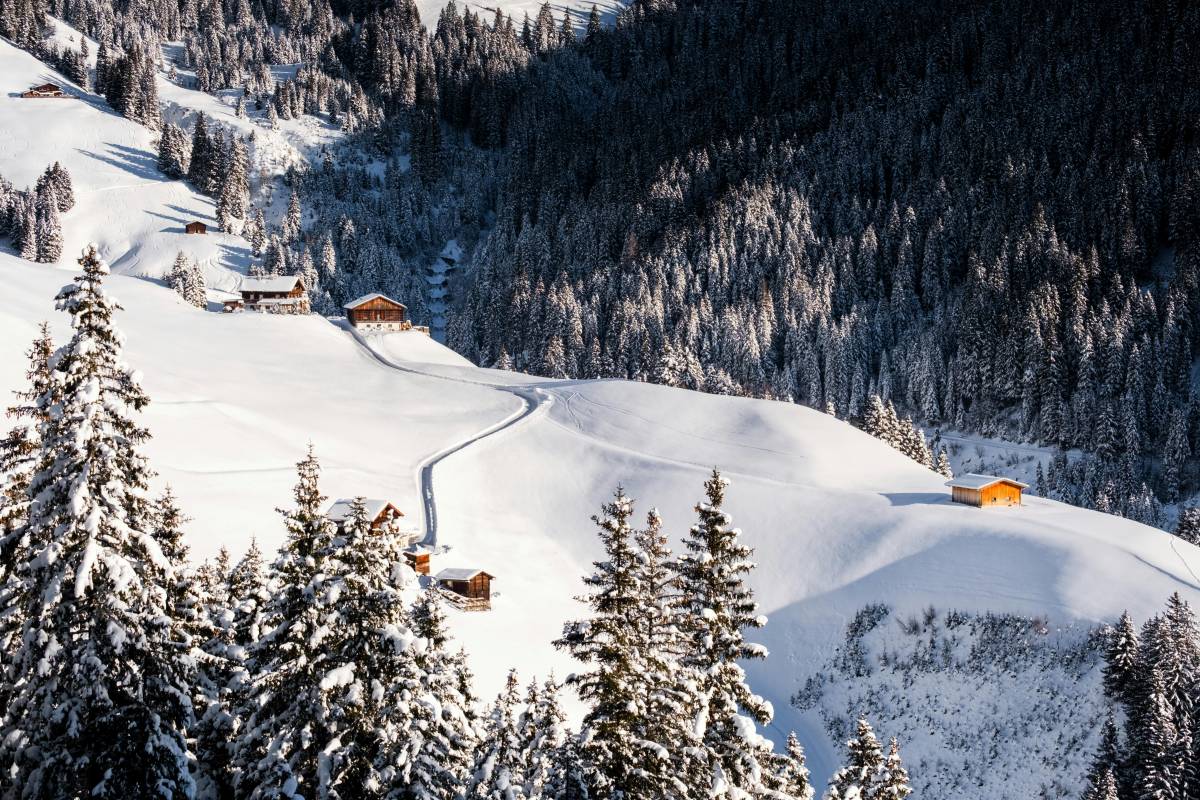As an avid hiker, you know better than anyone how important it is to have good hiking boots. After all those adventurous steps, your faithful companions deserve some loving care right? Our Amy loves writing about sustainable travel and hiking holidays, but she also works in an outdoor shop. How does she keep her hiking boots in top condition? Amy come on in! Maintaining hiking boots is how you do it!
Maintaining hiking boots: tips!
As a hiker, you shouldn't think about it: blisters or pressure points due to a broken insole, wet feet due to a damaged membrane or stress because of a broken lace. Of course, the chances of something like this happening are slim - a good hiking boot is very sturdy for a reason. But it will just happen to you... Then you will be in a fix. To minimise the chance of inconvenience caused by a broken hiking boot, it is important to take good care of your hiking boots. Taking care of your precious hiking boots is a smart and sustainable idea. I'll go through it with you step by step. It's not difficult, you just need to do it regularly.
1. Cleaning after each adventure
Mud, dust and unexpected puddles can put your shoes to the test. After each hike, it is important to clean your hiking boots properly, among other things to prevent mould and bacteria formation. To do this, use a soft brush to wipe away the dirt and, if necessary, rinse them under lukewarm water. That is often all your hiking boots need. If it is really very dirty, you can use a harder brush. Removing laces before cleaning is also not a crazy idea if you can't get it completely clean. You heard it: a simple brush along your shoes can already extend the life of your shoes quite a bit and it's less than ten minutes' work.


It is advisable to clean your hiking boots thoroughly after each adventure.
2. Drying at room temperature
After a wet trip, it is tempting to dry your shoes quickly. Just put them under the heater, in the sun or by a fire and they will be dry again quickly, right? Well no... It's better not to do that. Direct heat sources such as radiators, fires and also the sun can dry out the leather and soles and damage the glue. It is better to stuff the shoes with an old T-shirt or towel so that the moisture is absorbed faster. It is then best to ‘just’ let the shoes dry at room temperature. If you are in a hurry or have little patience, you can still remove the insoles to speed up drying a little.
Additional warning: underfloor heating or the heating pipe are also silent killers for your hiking boots.
Separate treatment for shoes with Gore-Tex protection
Side note from experts of hike.nl: ‘Do you have shoes with an inside of Gore-Tex, then it is better to use kitchen paper instead of newspapers. This is because the ink can clog the Gore-Tex layer, preventing your shoes from breathing. By regularly replacing the moisture-saturated (newspaper) paper with dry paper, you can speed up the drying process. Don't forget to remove the wet paper from your shoes in time, otherwise your shoes will quickly start to smell.’ A zero waste alternative is an old T-shirt or towel instead of kitchen paper, this works just as well and is also safe. Want to know more about Gore-Tex? I have written a separate article on the material of water-repellent shoes. Because there is something wrong with that (PFAS).
3. Maintaining your hiking boots
Chances are your walking shoes are made of leather, although these days you also have more and more offerings made of vegan leather. Vegan hiking boots are made of synthetic materials such as polyester. One well-known brand is Lowa. Whatever material you have, both synthetic and leather shoes should be properly cleaned and reimpregnated regularly. For cleaning, you have special products. Shoe cleaner from Buitenmens is a tip. Lather well, rinse, let dry at room temperature and you're done.
Impregnation of leather shoes should preferably be done with a good wax, which also keeps the leather supple. For synthetic shoes, preferably use a special spray. You can also choose these products more durable. Many water-repellent sprays contain chemicals such as PFAS. That is not good for the environment and not good for your health either. Collonil has a Protect & Care spray based on natural ingredients such as olive oil. The oil repels dirt and also has a caring and impregnating effect. In addition, the products of Nikwax PFAS-free and thus a tip. And also Buitenmens has a water-repellent spray and a leather wax.


Are the soles of your hiking boots broken? You can often get them repaired at a specialist.
4. Check the soles and laces of your hiking boots
This is often forgotten, but it is super important: your soles. Regularly check the condition of the soles (also check the seams and stitching). Repair minor damage to the soles to prolong the life of your shoes. Ask your cobbler if he is experienced and specialised in repairing hiking boots. If not, it is better to go for a specialised shoemaker. After all, this is a profession in its own right. Bonus tip: also immediately check if your laces are still completely good.
5. Insoles for extra durability
You often see that the soles are worn out, while the upper of the shoe is still in fine condition. What then? Throw them away? You may not have to. Some shoes can be soled. If you remove the insole from the shoe and see a hole, it means that the sole has been injected and only the wear sole (the sole that gives profile to the shoe) can be replaced. Don't see a hole? Good news! Then the sole can be replaced completely in most cases. Shoes from brands such as Meindl and Hanwag often have a loose sole that can be completely replaced. You can visit a specialised shoemaker for this repair. Cambreur is the country's largest outdoor shoemaker, for example, and you can also get your shoes at Beaver in, they will arrange shipping to Cambreur. Depending on the repairs, you will spend between 50 and 150 euros. That's a bit steep perhaps, but still cheaper than buying new hiking boots.
6. Store your hiking boots properly
Is the hiking season on pause? Then store your cleaned hiking boots in a cool, dry place. Avoid sunlight and moisture to prevent discolouration and mould. Do you still have the original shoe box? Nice! Then store the shoes nicely in there. Otherwise, you can also store the hiking boots in a cloth bag or an old pillowcase - you probably still have something lying around somewhere.
Important: don't leave your shoes in the closet for too long. This may be even more harmful than using them a lot. Hydrolysis is a common phenomenon of shoes that lie dormant for too long. The (intermediate) sole then dries out and can come loose while walking. You really don't want that! So, go outside at least every two months is the advice, both for your health and to preserve your shoes.
Maintaining hiking boots: how do you do it?
With these tips, hopefully you have enough ammunition to keep your hiking boots looking great.
More sustainable tips from thegreenlist.nl
- Fancy a walking holiday right away? Read all about a sustainable walking holiday here.
- Also nice and durable and sporty: On cycling holidays in the Netherlands.
- Sustainable winter sports: can ski holidays be sustainable?
Sources: WHERE IS WHAT.nl, beaver.nl, homemadeaventures.nl. Photo credits: main image: Rachel Claire (Pexels), hiking shoes puddle: PNW Production (Pexels), woman mountain hiking: Leo Visions (Unsplash), shoe grass: Felix Mittermeier (Pexels), shoes fence: Ian Taylor (Unsplash).












